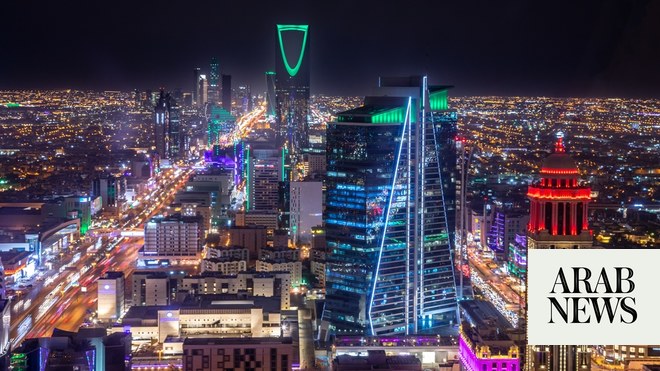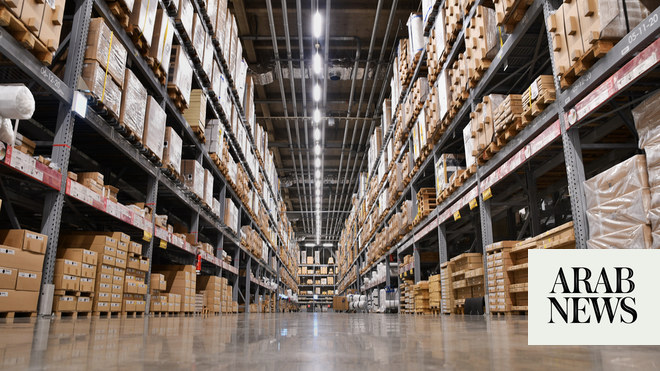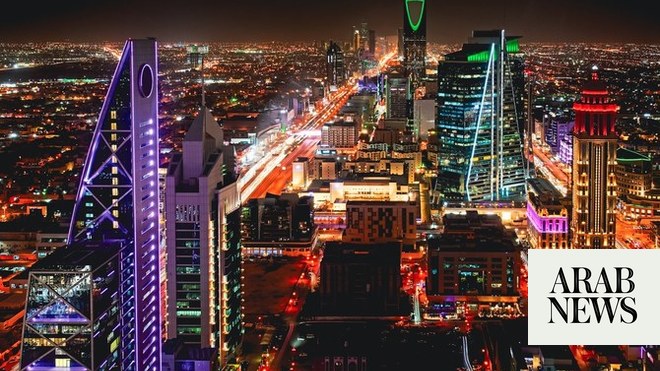
RIYADH: Saudi Arabia’s Regional Headquarters Program to encourage international entities to establish their presence in the Kingdom has increased demand for Grade A office spaces in its capital city.
According to global real estate consultancy Knight Frank, rents in this category in Riyadh rose 6.2 percent in the first half of this year compared to the year-ago period.
The city’s occupancy rate for Grade A offices between January and June stayed at 97 percent.
The report said that the rise in demand was spurred by the Kingdom’s HQ program, with over 44 international companies committing to establishing their regional headquarters in Riyadh.
“The emergence of new public-sector linked entities, rising rates of job creation as evidenced by the non-oil sector PMI readings and fall in unemployment levels, plus the rising tide of global businesses looking to expand or establish a presence in the Kingdom, are together driving up rents and occupancy levels,” said Faisal Durrani, Knight Frank’s partner and head of research in the Middle East and North Africa.
The HQ initiative incentivizes global firms by offering them simplified procedures for obtaining visas, and work and residency permits for their employees.
It enables spouses under the family residency to take up employment and extends the age limit of their employees’ dependents to 25 years.
The report further highlighted that the demand for Grade A office spaces in Riyadh was so high that several businesses were compelled to opt for Grade B spaces.
Grade B lease rates in the city rose 17.3 percent in the first half and averaged about SR1,050 ($279) per sq. meter.
Grade A office spaces enjoy a premium over the average rent prevailing in the area due to their location, infrastructure and young age. On the other hand, Grade B office spaces are more affordable than Grade A spaces.
“The root cause for the sustained uptick in demand stems from Vision 2030 and the economic transformation unfolding in the Kingdom,” said Durrani.
In the retail sector, lease rates for regional and super regional malls in Riyadh increased by 2.9 percent in the first half of this year. In comparison, Jeddah experienced a decline of 5.7 percent during the same period.
“The pandemic has driven a permanent shift in consumer shopping patterns, with many of these persisting. Landlords who do not adapt their offers to align with changing consumer behaviors, their wants and needs will find resulting suppressed footfall, conversion, and profitability in their assets,” said Jonathan Pagett, partner, retail advisory for Saudi Arabia at Knight Frank.
He added: “Saudi Arabia’s retail sector is expected to grow to SR596 billion by 2024, becoming the largest market in the region. The evolving landscape of emerging F&B, as well as entertainment concepts, continues to reshape the retail narrative within the Kingdom.”












